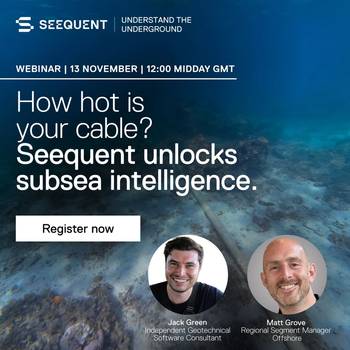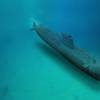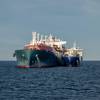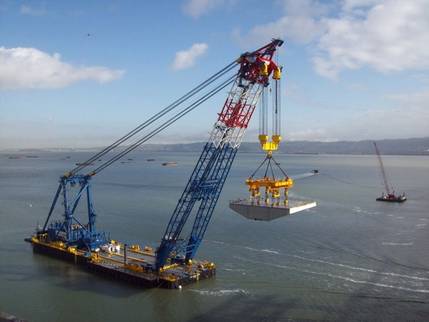The Coast Guard has published a final rule that would require tank level or pressure monitoring (TLPM) devices to be installed on single-hull tank barges and tank ships five years, despite the agency's acknowledgement that devices capable of meeting the requirements are not within the bounds of existing technology. Despite serious misgivings about the feasibility of the devices, the Coast Guard interpreted a December
2000 appeals court decision as requiring the agency to mandate their use. AWO and a coalition of domestic and international tank vessel operators are seeking a legislative change that would clarify the agency's responsibility under the Oil Pollution Act of 1990 (OPA 90) and give the Coast Guard the flexibility not to require devices that are not technologically or economically feasible. The new rule, published in the September 17 Federal Register, would require the installation of TLPM devices capable of detecting a one percent change in cargo level and alerting vessel personnel via audible and visual alarms. Devices would have to be intrinsically safe and capable of operating in heavy seas, moisture, and varying weather conditions. Singlehulled U.S.-flag tank ships and barges and foreign flag tank vessels operating in the U.S. Exclusive
Economic Zone en route to a U.S. port would be required to carry the devices by October 17, 2007.
The Coast Guard acknowledges that devices capable of meeting these standards do not exist and have not been developed in the 12 years since enactment of OPA
90. If such devices can be developed, the Coast Guard estimates that they will prevent 874 barrels of oil pollution over a 12-year period, at a cost of approximately $190,000 per barrel of pollution avoided. This is less than one-tenth of one percent of the total oil pollution prevented by 11 major OPA 90 rulemakings studied by the Coast Guard, the agency notes.
An AWO-led coalition has been working to lay the groundwork for a legislative change to avert the imposition of a technologically infeasible requirement on the tank vessel industry; publication of the final rule underscores the urgency of those efforts.
Source: AWO Letter.
Sponsored Content
How Hot Is Your Cable? Understanding Subsea Cable Thermal Performance

Still trying to leverage digital in your operations? Create your own advantage

Subscribe for
Maritime Reporter E-News
Maritime Reporter E-News is the maritime industry's largest circulation and most authoritative ENews Service, delivered to your Email five times per week








